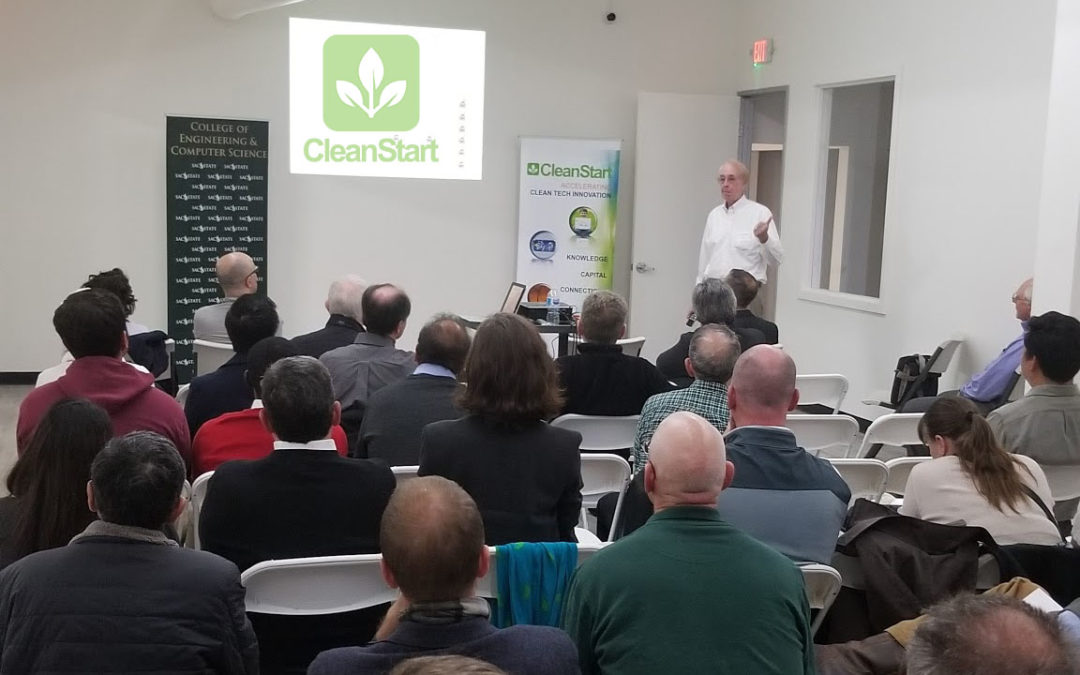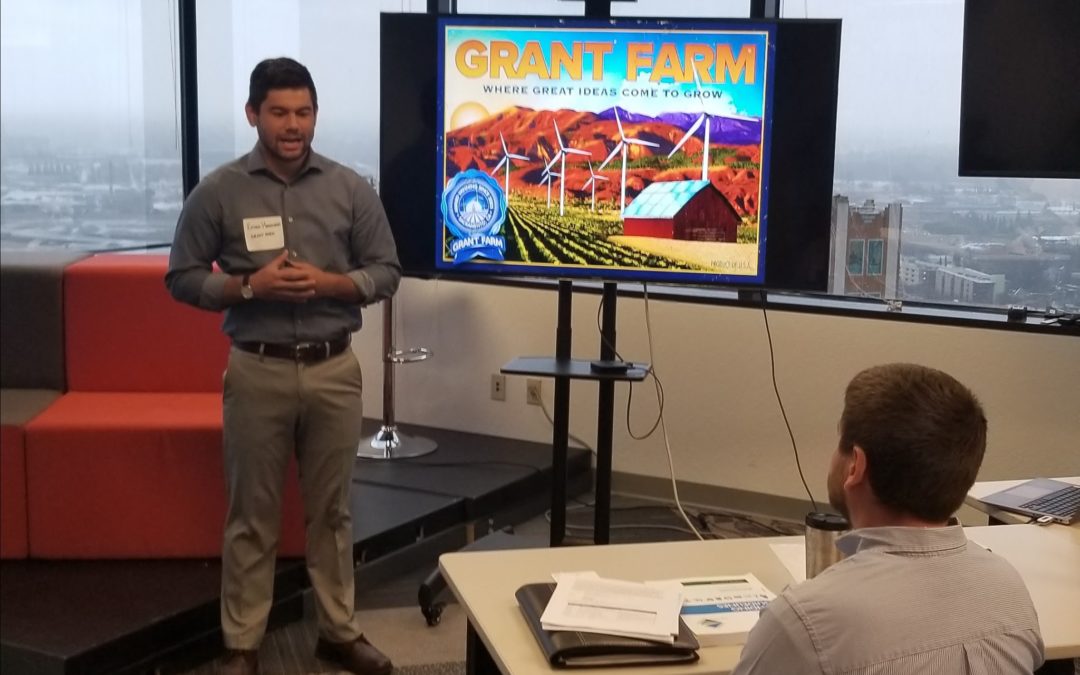
Startups Encouraged after engaging with panel of active investors.
The other night was an amazing workshop for the packed crowd at 801 K Street with incredible insights into building constructive relationships with investors. So much was covered it is hard to do a summary that does the session justice. The discussion was particularly lively, with lots of questions from the audience.
Matt van Leeuwen set the stage with a soup-to-nuts review of what investor are interested in during a fund raise and what terms they may seek in a Term Sheet and the final documents. He gave a good perspective on what is negotiable–and what is not. He also warned about terms that can turn out very unfavorably for startups.
Matt discussed different types of financing options for companies, terms startups might hear, standard terminology and special types of agreements that you might here. The Q&A led to an attendee to announce he had just been saved a great deal of time and stress in the near future.
Next from the panel lead by Chris Chediak we got to hear perspectives form a star-studded panel. The panelists were Elizabeth Dodson, Co-founder of HomeZada, John Peters, the Board chair of the Sacramento Angels, and Roger Akers, Co-founder & Partner of Akers Capital. All of them emphasized communication with investors and industry stakeholders. Entrepreneurs should realize good investors are there because they believe in the Company and the team. Good communication with investors helps with everything from fundraising, to growing your company, and even building a successful team — be forthright, respond quickly, answer directly, build a reputation that investors and advisors can trust.
They discussed how much equity of options you should give up to advisers, what you can ask of investors, and the best ways to leverage those relationships. Based on the enthusiasm of the crowd, we are likely to do a second round of this workshop with new panelists and presenters. It is a big and very important topic.
“The stronger the relationship with you and your investors is, the more you can leverage it for more opportunities.” – Roger Akers










